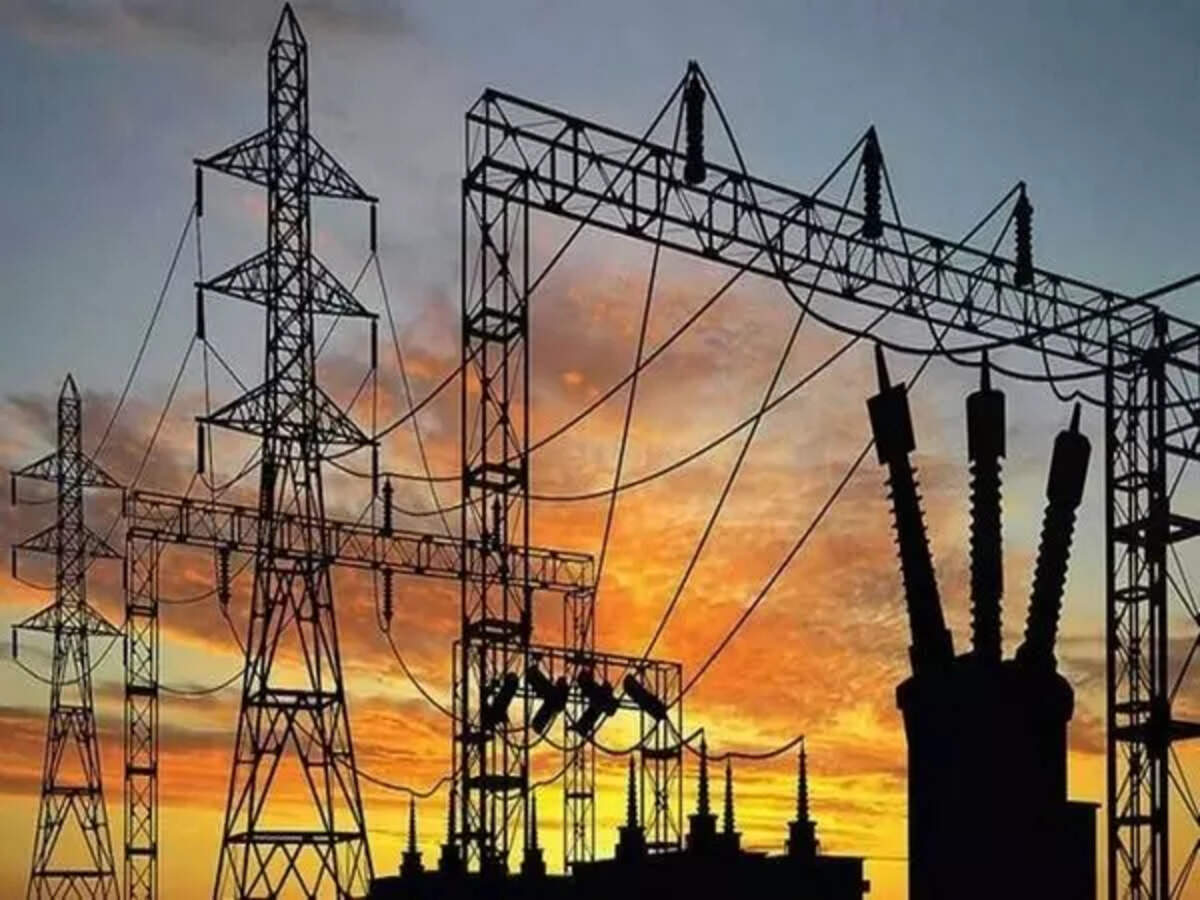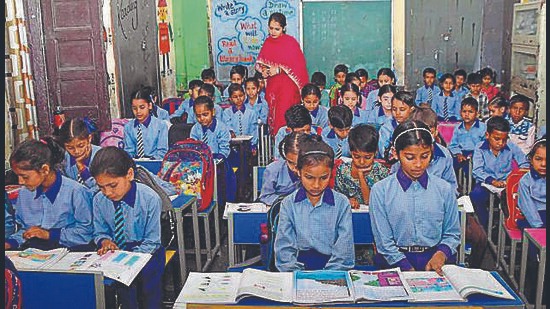
Follow WOWNEWS 24x7 on:
Updated: May 17, 2025 07:01

While a scorching heatwave clutches the national capital, power demand in Delhi has shot up to record levels, surpassing a four-year high. The city's peak power demand touched 6,867 megawatts (MW) at 3:17 pm on Friday afternoon, a new high this summer, the State Load Dispatch Centre said. This spike comes as maximum temperatures hover between 40 and 41 degrees Celsius, several degrees above normal, fueling a surge in air conditioner and cooler usage across homes and businesses.
Key Highlights
Delhi’s peak power demand this summer has already surpassed previous records, with experts warning it may cross the 9,000 MW mark in the coming weeks. Last year’s all-time high was 8,656 MW.
Distribution companies (discoms) such as BSES Rajdhani Power Limited, BSES Yamuna Power Limited, and Tata Power Delhi Distribution Limited have been able to deal with the existing demand, with BSES delivering 3,004 MW and 1,479 MW in their regions, and Tata Power-DDL dealing with 2,045 MW for North Delhi.
Discoms say they are well-equipped to handle the increase in renewable load, using measures like long-term power purchase agreements, power banking from other states, and sophisticated forecasting systems to ensure un-interrupted supply.
It remains to be seen if these reassurances are enough, as a recent national study has identified May and June 2025 as high-risk months for power shortages in India, based on the difficulty of meeting peak demand in the face of uncertainty in renewable energy sources and extreme weather conditions.
The Indian Meteorological Department predicts ongoing heatwave conditions, which may drive demand even higher and push the city's power infrastructure to its limits.
What's Next for Delhi?
Though power utilities have thus far avoided outages, the threat of load shedding hangs in the air if demand keeps spiking ahead of supply, particularly in late June and early July. Citizens are urged to remain ready for potential outages, especially at peak evening hours when the contribution from renewable sources is low.
Sources: Times Now, Hindustan Times, Down To Earth, The Daily Pioneer, Financial Express, Economic Times



